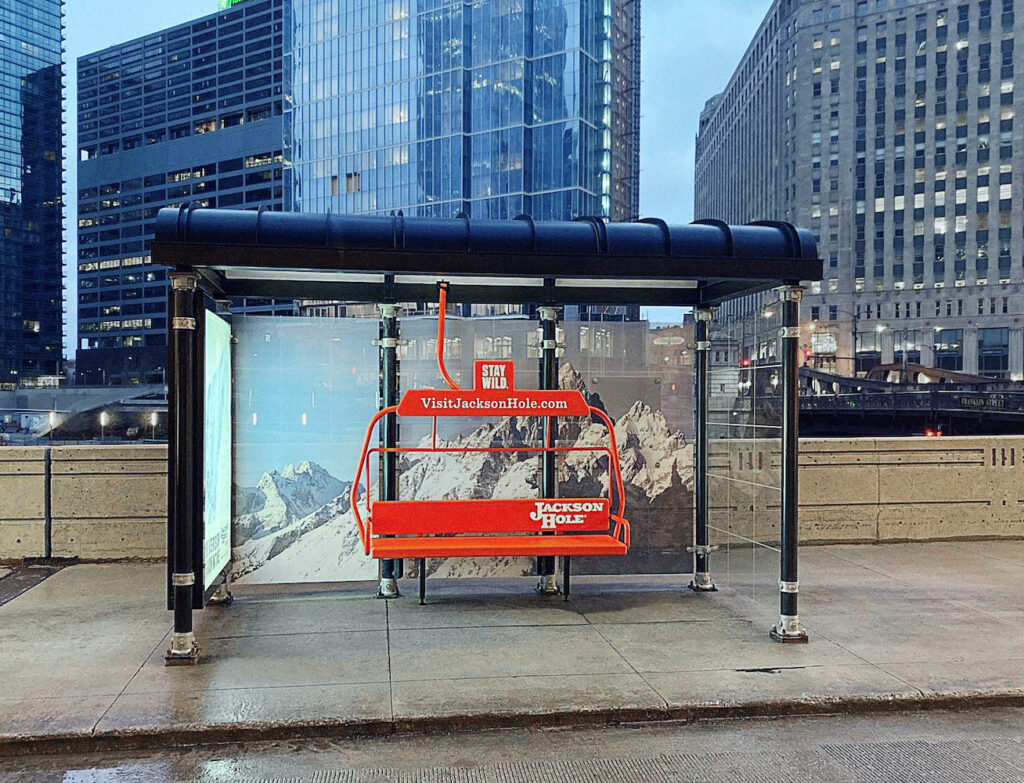We have written two previous blogs encouraging communities to find ways to make travel and tourism part of the economic recovery in 2021. Our rationale in those earlier blogs was not to offer loans or grants to tourism businesses, although they have certainly been hit hard and deserve some relief. We want to see more travel. We want shops, museums, inns, restaurants, outfitters and hotels to thrive from serving more visitors than ever before. Make the economy work for them better and stronger than ever before.
In those earlier blog posts, we called upon communities to invest in their tourism economy by getting behind their local Destination Marketing Organization and increasing funding not decreasing it. In most cases tourism marketing budgets are dependent on lodging taxes, which have been weak during the pandemic. We continue to believe that the cities, towns and counties who zig when everyone else zags, and find a creative though temporary way to boost tourism marketing will reap the benefits.
Recently we read about another way that one destination is supporting its tourism economy — by paying people to travel. It’s a stimulus plan worth considering. The Falkland Islands is encouraging domestic travel by offering vouchers up to 500 pounds (more than $650 US) per adult and 250 pounds for children.
Could this idea work in the United States? Every time the government offers a stimulus plan, they hope citizens will spend it on retail or travel. Often recipients use it to pay down debt. Why not offer an incentive to travel? Whether it’s a direct payment like a voucher or a tax deduction. It would make a powerful impact on the economy, but the benefits of travel go far beyond economics, which makes the case for an incentive even more compelling.
• Travel brings people closer together — friends, couples, families, even multiple generations of family — through shared experiences and memories.
• It’s always a learning experience. Even if the itinerary doesn’t seem educational like visiting museums, people still learn just by being on the road. They learn about geography by getting a firsthand look at different landscapes or grasping the distances between places; and history by understanding how a place was influenced by it settlers, location and events.
• It fosters understanding between people of different cultures and backgrounds.
Anything that encourages travel sounds like a decent idea to us. What do you think? Would you travel within the U.S. if offered a voucher or a tax deduction?



